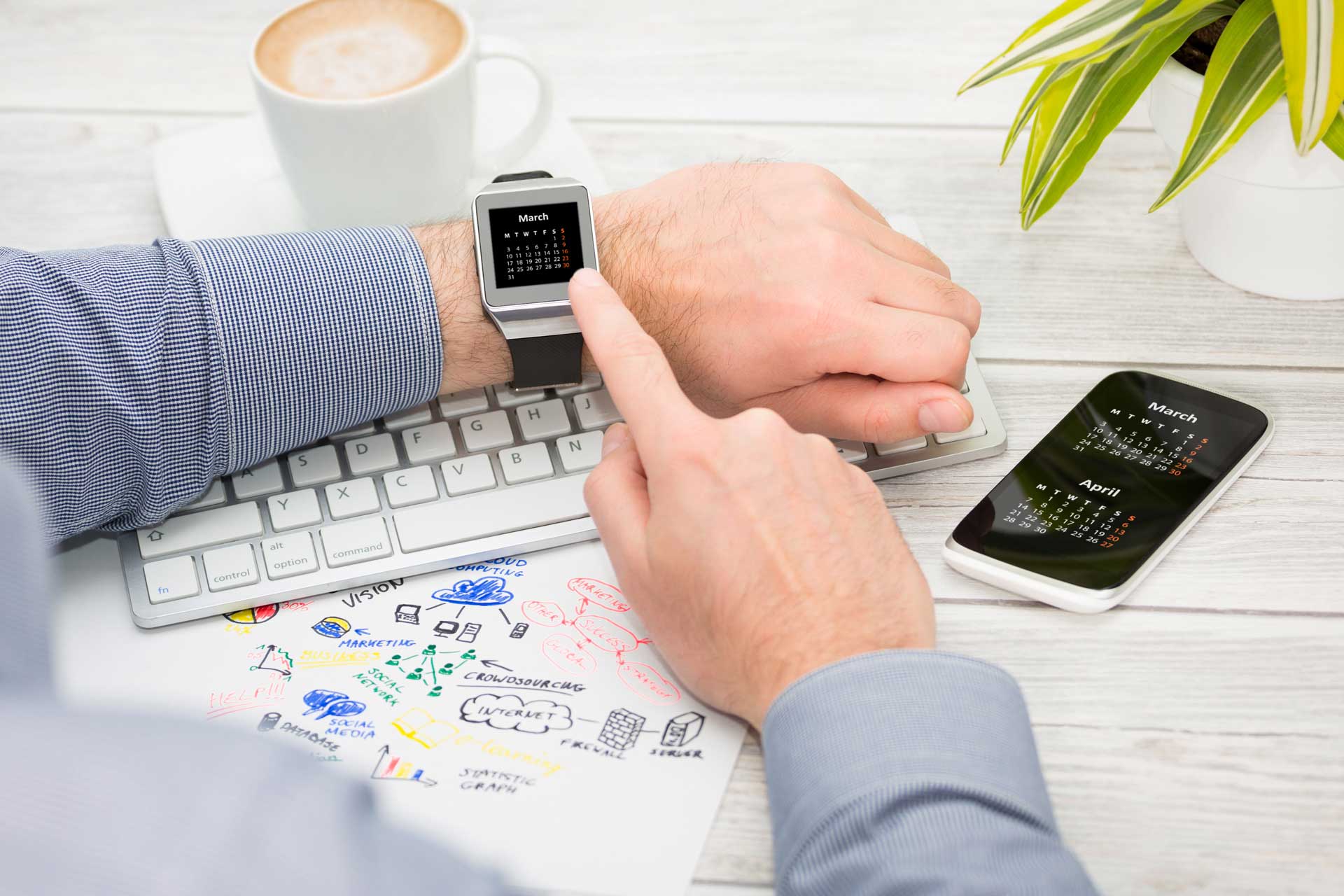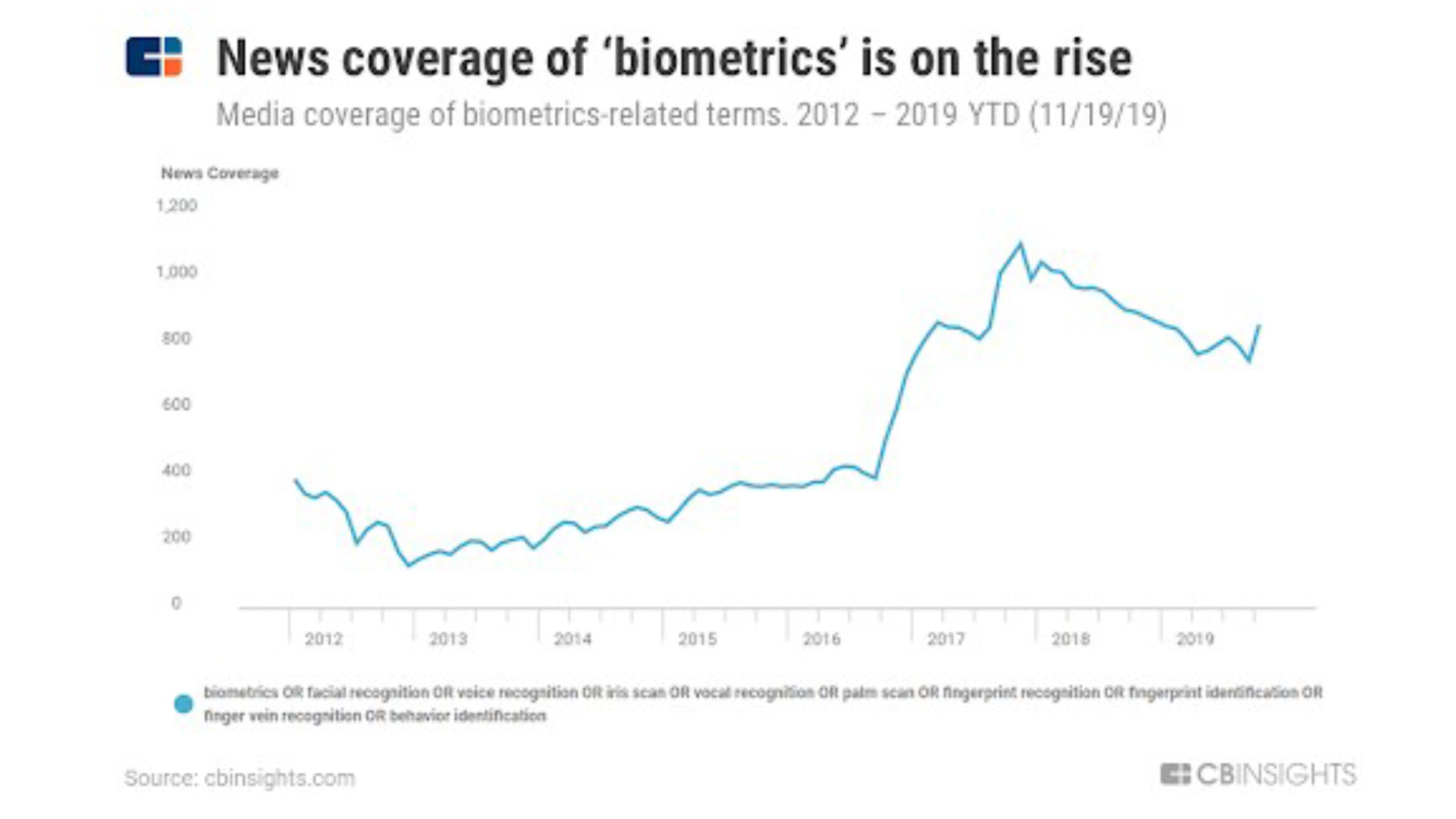4 Questions To Ask Before Investing In Wearables For The Workplace

The use of wearables in the workplace presents a variety of benefits for companies. These types of devices can allow business owners to monitor their employees’ health, improve safety and security in the workplace, and acquire and distribute information among staff.
This helps workers become more efficient in doing their jobs. However, these wearables may also present a number of issues such as privacy and cost. Before you consider investing in wearables for your business, ask yourself the following questions:
1. Will your staff willingly use the wearables?
Before you make the decision to buy wearables for your employees, you need to consider if it will be useful for them. Choose a wearable that is relevant to their line of work. If not then they might lose interest and stop using the tools after a few months.
You will get the same results even if you make it mandatory for employees to use the device. For instance, if you provide wearables that track the user’s heartbeat to your administrative staff, chances are they will only use it for as long as it is considered compulsory. Some of your employees might stop using the device once the rules become lax or they may find ways to not use it at all. Plus there is also the issue of whether or not they want to share that type of information with the company.
2. Will it invade the user’s privacy?
Wearables are designed to collect or hold information about the user. Some of your employees may find it uncomfortable to wear a device that takes tabs of what they are doing – how much they eat, drink, sleep, what mood they are in or where they are at any given time. This gives the uncomfortable feeling that they are constantly being watched. For some people, knowing that they are always being monitored can affect their actions and decision-making abilities. As a result, they become more prone to making errors and poor decisions.
Wearables can also affect the people in management. Some employers may use the data to make decisions about employees, regardless of whether the data is relevant to their work performance or not.
3. How will you handle the data?
Wearables can provide different types of information about the user. Depending on the type of wearable you use, you could gain geographical, physiological, neurological and even emotional data. When you require your employees to use wearables, you will need to consider how will you compile, organize, analyze and use the data acquired.
Will you need to set new rules and guidelines or hire experts to handle the information? If you obtain an abundance of data but don’t intend to hire additional help, your current staff may be bogged down with additional work. This brings us to the next question.
4. How will it affect productivity?
A wearable can both enhance and reduce productivity levels. On one hand, wearables can make it easier for employees to get updates and information that is relevant to their current tasks. However, receiving too many notifications can also be distracting and make them less productive.
Workers need to concentrate on their task for a period of time. When they receive notifications through their wearable, it shifts their focus away from what they were doing. Even simply acknowledging that they received the notification can affect productivity levels. In most cases, shifting one’s attention from one task to another is not seamless. More often than not, workers need to spend the time to get back to the same groove or line of thinking as they did before receiving the notification.
A growing number of companies are integrating the use of wearables into their businesses. Wearables can help you acquire and distribute data among your workers. Keep these questions in mind before you buy any wearable for your employees. This ensures that you get the right wearable for your business’ needs.




